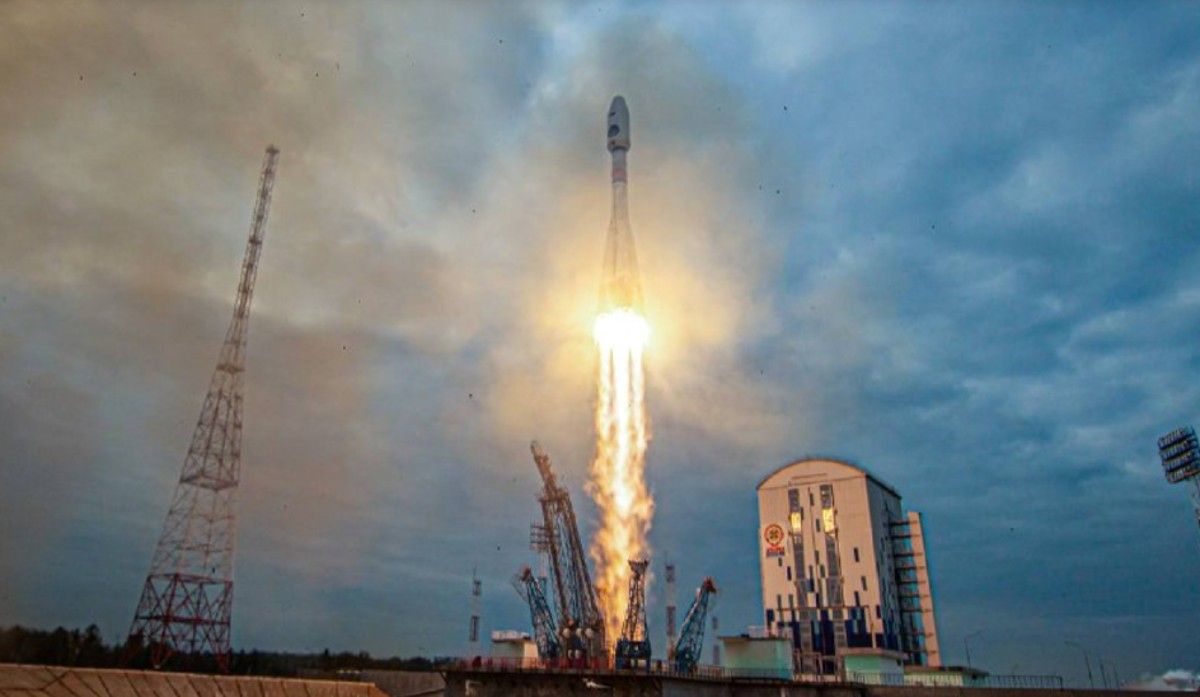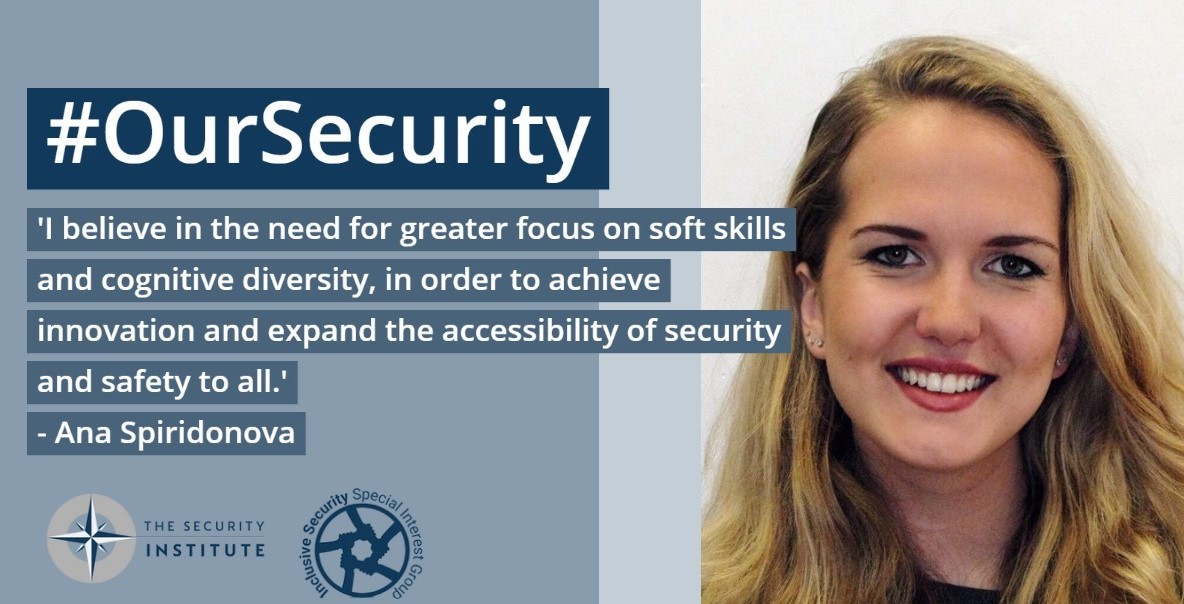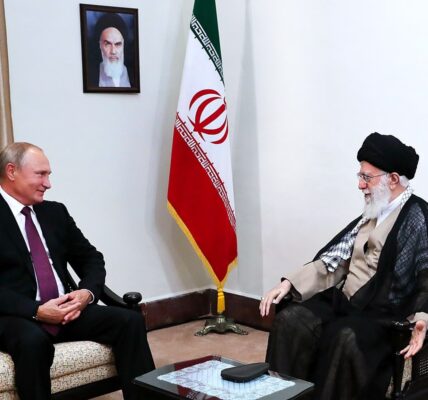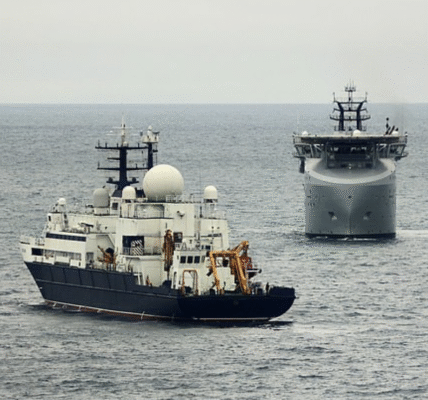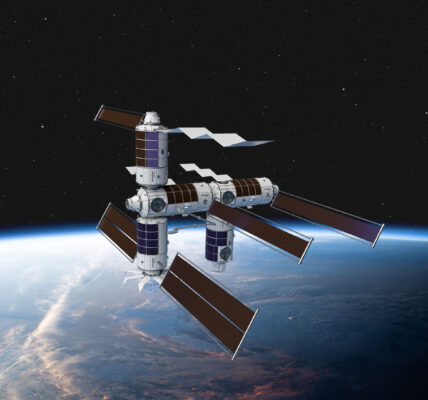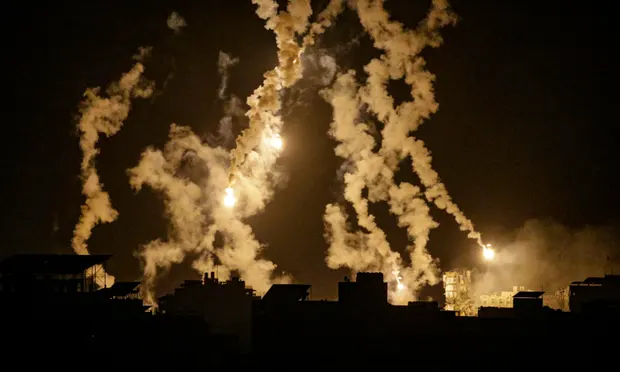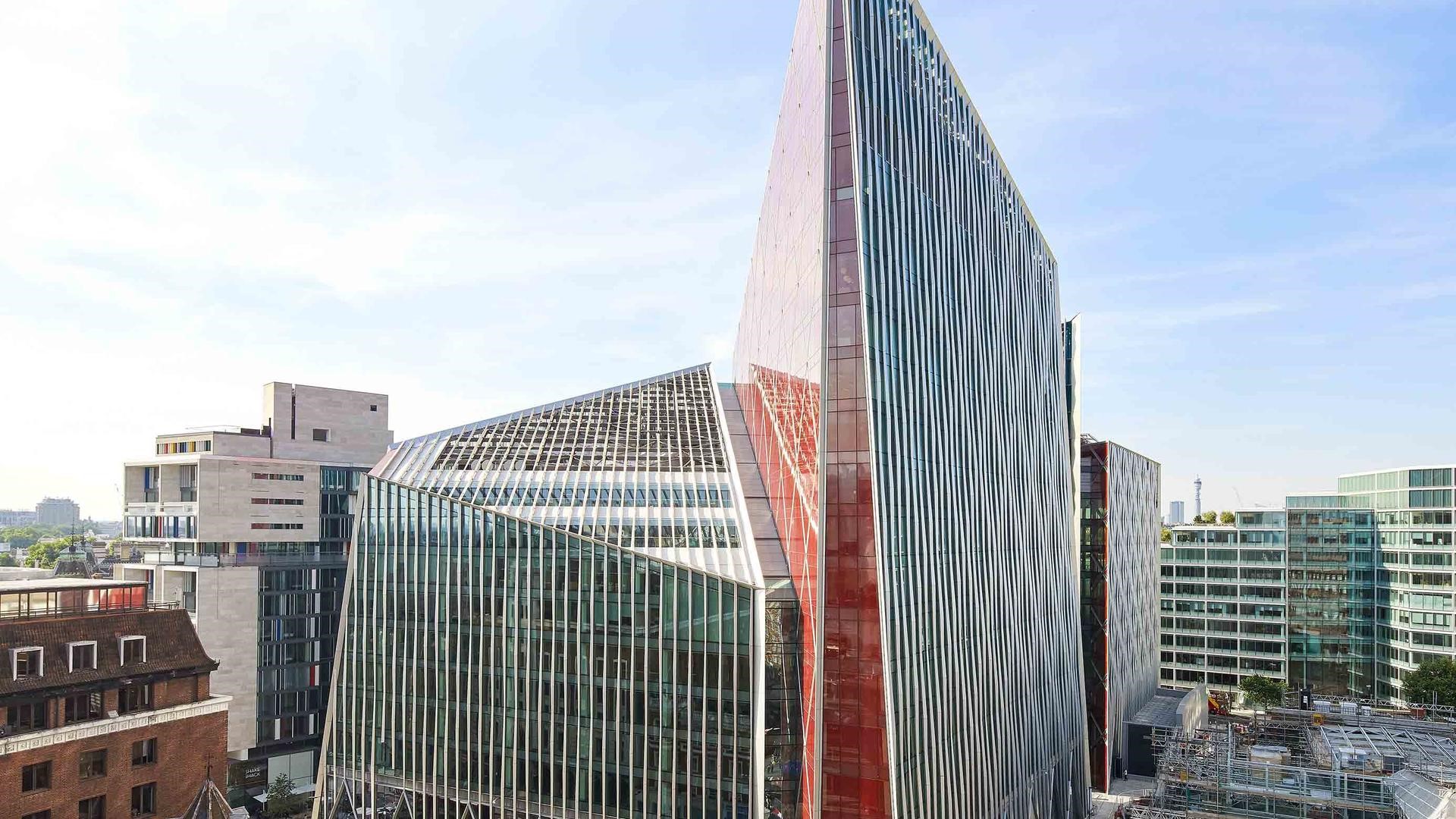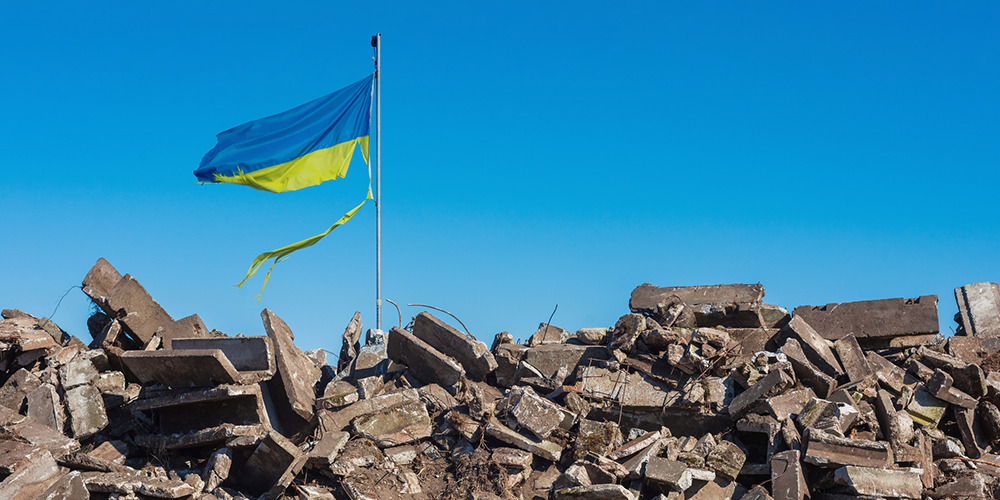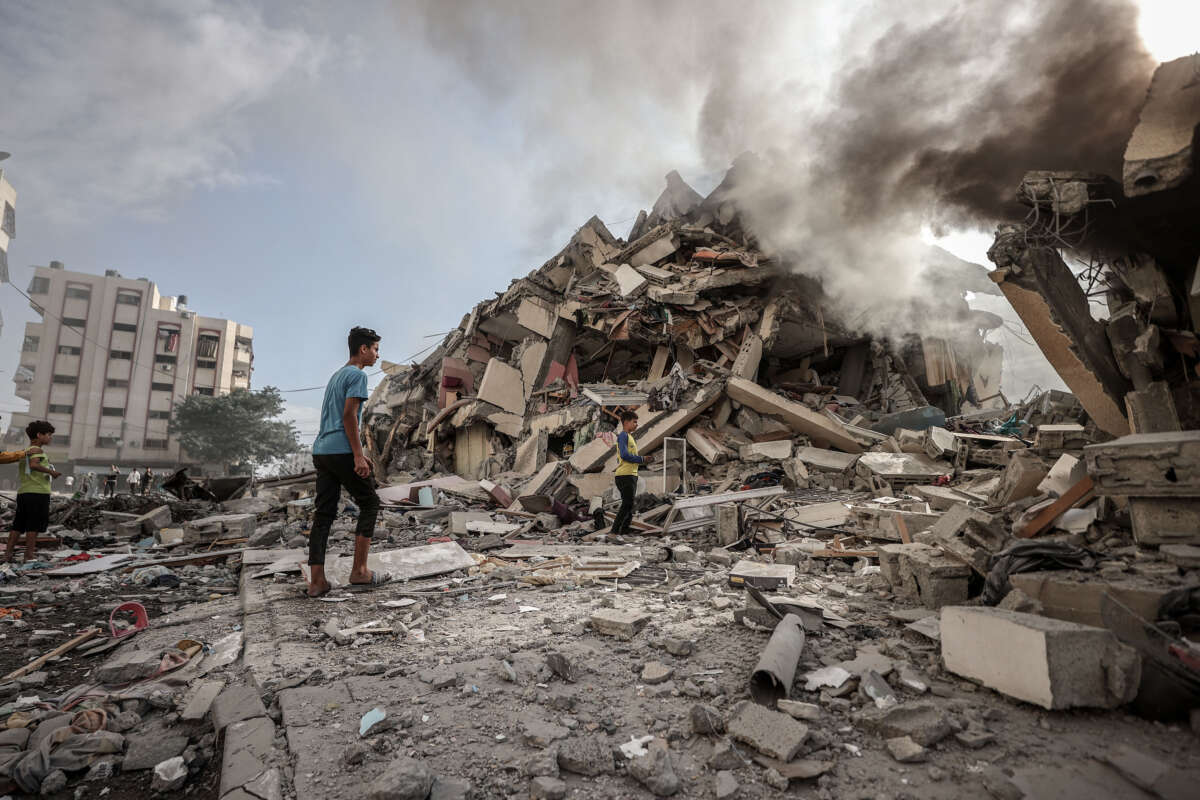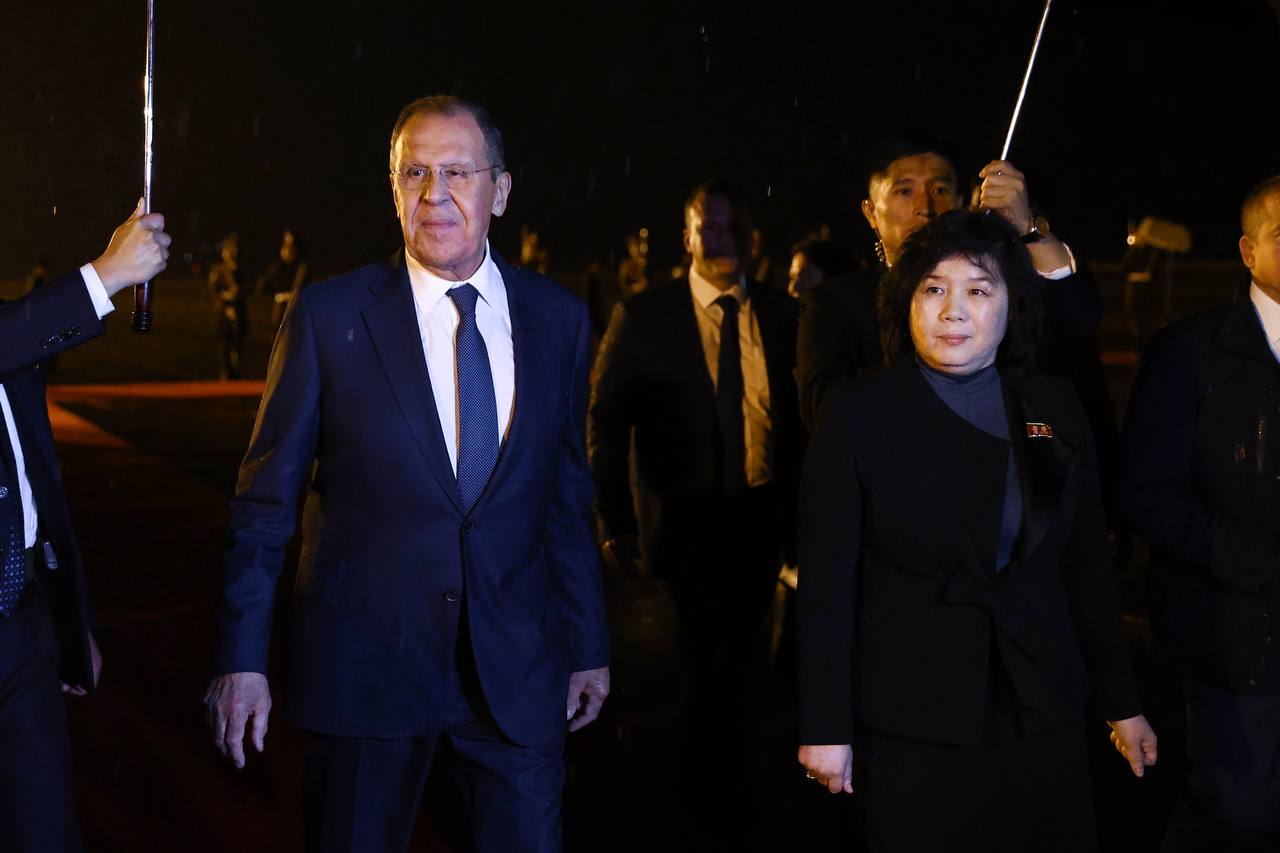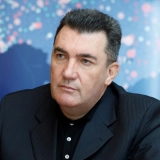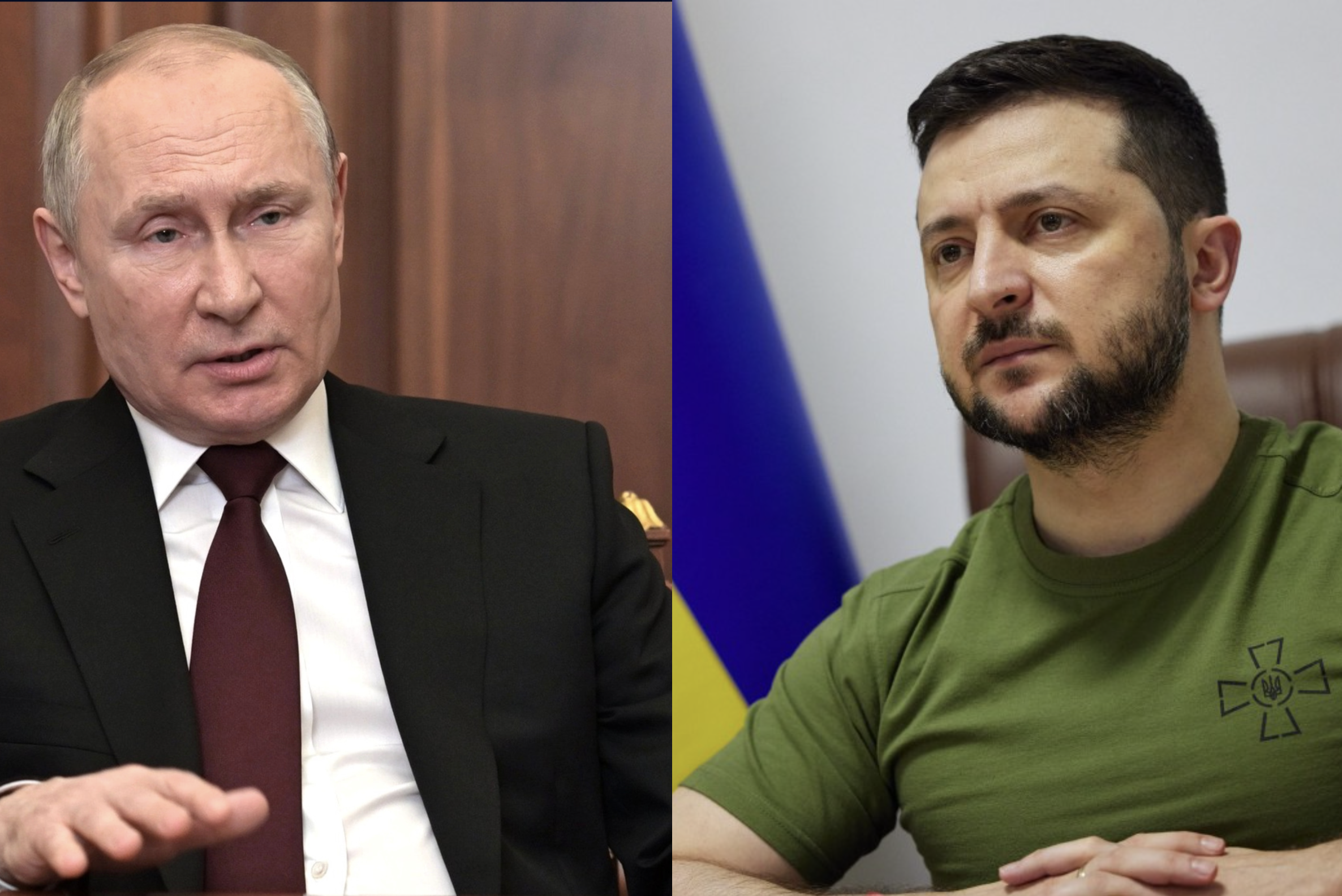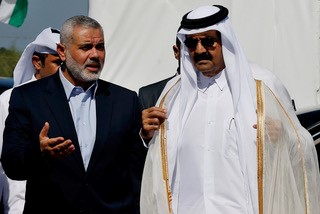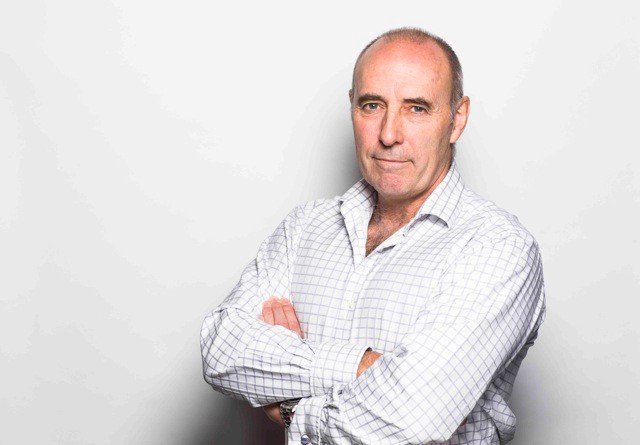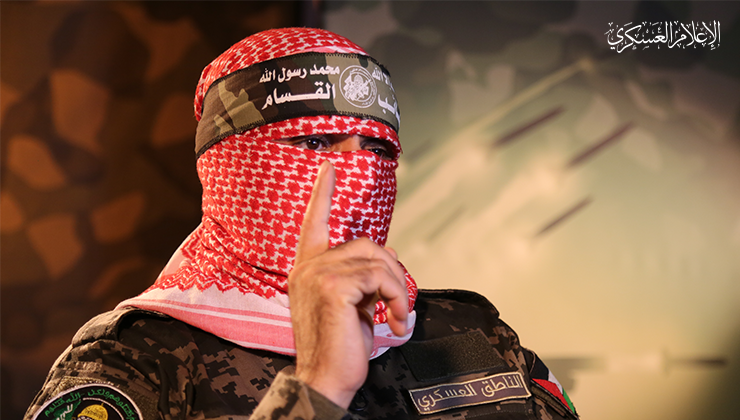Vladimir Putin’s tenuous grip on power has loosened a little further, after Russia’s first Moon mission in 47 years ended in abject failure.
The unmanned Luna-25, which was supposed to herald Russia’s plans to establish a permanent base on the moon by 2040, crashed onto the surface after spinning into an uncontrollable orbit.

Moscow had promoted the Luna-25 mission as a demonstration of its standing as a superpower undimmed by its drawn-out and costly invasion of neighbouring Ukraine.
Now, India’s Chandrayaan-3, which blasted off from earth three weeks before the Luna-25, is poised to heap further humiliation on the Russian president by becoming the first spacecraft to make a soft landing at the Moon’s South Pole.
It is due to touch down in three days, according to the Indian Space Research Organisation (ISRO).
Meanwhile, speculation is rife that international sanctions placed on Russia’s space corporation following the invasion of Ukraine may have fatally undermined the lunar mission.
Roskosmos, which is involved in the country’s defence industry, was specifically targeted with damaging sanctions, which meant scientists lost access to western technology.
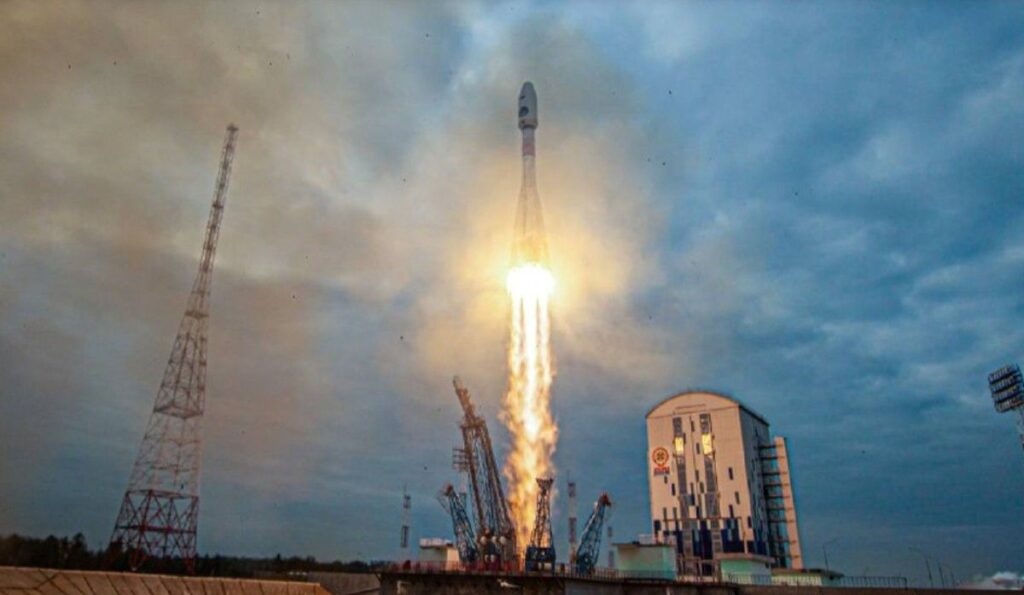
The failure of such a high-profile mission is a huge embarrassment for President Vladimir Putin who had hoped Russia would be one of the front-runners in a new space race.
Putin ordered a shake-up of Roskosmos last year after he replaced the head of the space agency with Yuri Borisov, a former deputy prime minister and deputy defence minister.
Disaster struck after Russian scientists reported an “abnormal situation” that its specialists were analysing 24 hours earlier.
Roskosmos said that a manoeuvre on August 19 did not go as planned.
“At about 14.57 Moscow time, communication with the Luna-25 was interrupted,” the space agency said in a statement posted on Telegram.
“The measures taken on August 19 and 20 to search for the device and get into contact with it, did not produce any results.
“According to the results of the preliminary analysis, due to the deviation of the actual parameters of the trajectory from the calculated ones, the device switched to an off-design orbit and ceased to exist as a result of a collision with the lunar surface.”
Roskosmos said that further investigations will be carried out to study the cause of the failure.
The Luna-25 blasted off on August 11, taking a much more direct route to the moon, with the Russians apparently desperate to get there first.
Putin has staked his faltering reputation on its success, insisting during a visit to the Vostochny Cosmodrome back in April 2022, that sanctions placed on Russia by the U.S., the European Union, and others would not deter the nation from carrying out space exploration.
“Despite all the difficulties and attempts to interfere from the outside, we’re definitely going to implement all our plans with consistency and persistence,” Putin said.
The European Space Agency (ESA) had been set to provide the Pilot-D navigation camera, built specifically to help Luna-25 make a precision landing on the moon. Due to the invasion, however, ESA cancelled the camera cooperation, along with a number of other collaborative space projects.
Most space experts, however, believed the full impact of the sanctions would only be felt by the Luna-26 and Luna-27 missions – potentially very worrying for Russia considering the failure of this mission.
Only the US, the former Soviet Union and China have ever achieved a soft lunar landing.
The robot – which is the size of a small car – blasted off on a Soyuz rocket and entered the moon’s orbit on Wednesday.
It has since sent photos of the third-deepest crater on the lunar’s southern hemisphere, the Zeeman crater.
All lunar missions face complex and challenging tasks that have less than a 50 per cent success rate.
The Moon does not have an atmosphere so any craft landing on its surface cannot be slowed down during a touchdown using parachutes like on Earth and Mars.
Instead, they need to have a propulsion system that helps brake and position the lander module correctly, so it can touch down gently.

